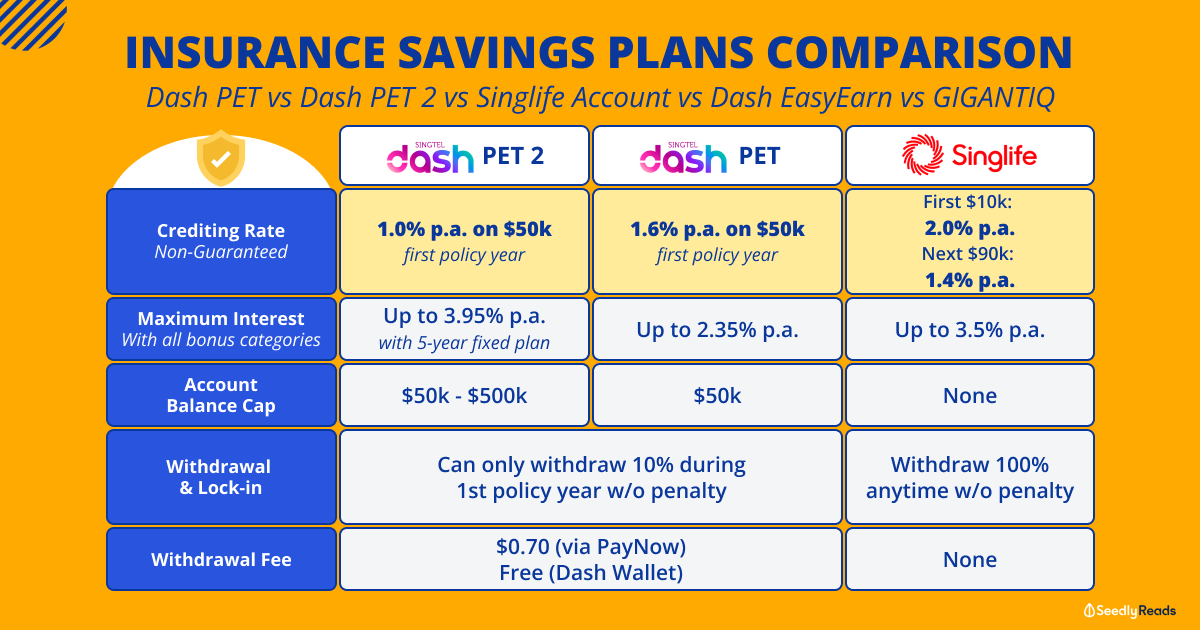Advertisement
Anonymous
Hi! Will my hospitalisation insurance cover the medical bills in the event of cancer? If so, would it be alright to forgo a potential lump sum payout by not paying for a dedicated cancer plan?
5
Discussion (5)
Learn how to style your text
Reply
Save
PolicyPal
22 Sep 2020
Official Account at PolicyPal
Generally, your integrated shield plans should provide coverage for your treatment, hospitalisation expenses, and pre and post-hospitalisation benefits (up to a certain number of days) in the event of a cancer diagnosis.
The purpose of critical illness insurance (or in your case, a dedicated cancer plan) is to cover your potential loss of income in the event you are diagnosed with the covered critical illness. This lump sum payout gives you the freedom to stop work and seek medical treatment with fewer worries about how to support your family or repay your debts.
You can find out about your recommended coverage by checking out our lifestage quiz.
Reply
Save
Sam Wai Git
16 Sep 2020
Business Development Manager at Raffles Health Insurance
Outpatient cancer treatments such as chemotherapy and radiotherapy are generally covered by integrat...
Read 2 other comments with a Seedly account
You will also enjoy exclusive benefits and get access to members only features.
Sign up or login with an email here
Write your thoughts
Related Articles
Related Posts
Related Posts
Advertisement








Just sharing my experience when parent was receiving cancer treatment last year. So certain points you may want to note
1) the medical and hospitalizations insurance policies and medisave can cover most costs. We came across a few scenarios though - some medicine or procedures (if assessed as non-relevant) may not be covered by the policies, and there could be times you have exceeded the limit to use your medisave for. Real example - my parent had one confirmed tumor, and a suspected second one. The second was subsequently determined benign and also because recommendation that surgery was non-crucial, a lot of the procedures related to the second tumour was paid with cash. So its not always the case the policies and medisave can cover everything.
2) the wig (due to hair loss from chemotherapy) was not a reimbursable item. We also paid cash.
3) some folks have already said the Ci and lump sum payment type policies are mainly geared towards income replacement. The other thing is this payout could help offset some items and expenses we had to pay for in cash.
The LIA guidelines suggest 5 years income replacement basis, but Its my personal opinion that 5 years income replacement seems a bit over. Personally I am leaning a bit towards 3 year (if by 2nd year, you still taking treatment to address the cancer, I think the chances of surviving isn't very high already - I think it would be time to start finishing the bucket list).
So this part, I don't think I gave a politically correct answer, but it's really how I feel I would address my own case.